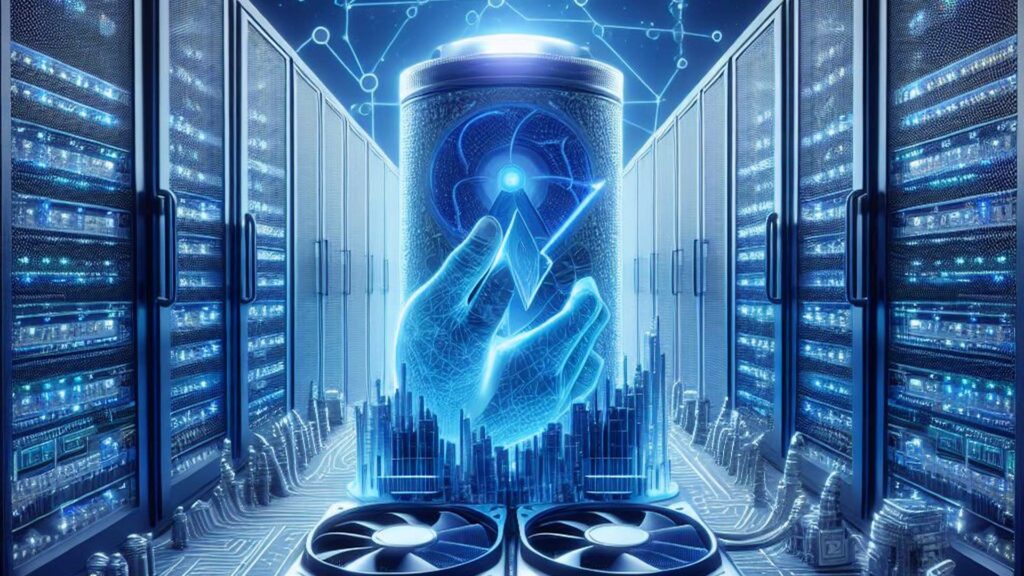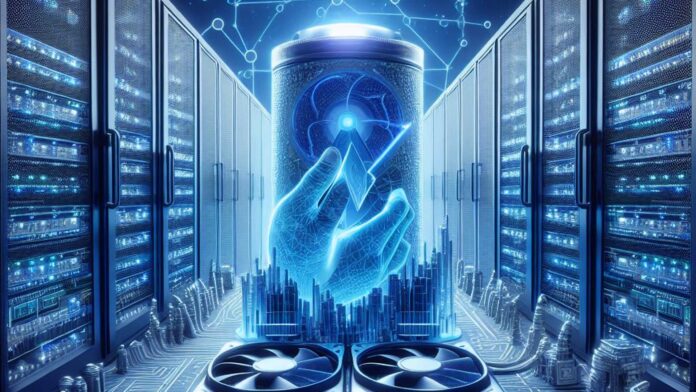The GenAI GPU shortage has led to soaring demand, higher costs, and limited availability. But another critical issue emerges: data centers face space and power constraints. Small firms offering high-performance computing (HPC) colocation services struggle as existing data centers reach capacity.
According to a recent JLL report, AI-powered expansion is set to persist, with data generation forecasted to double in the next five years. Data center storage capacity is expected to rise from 10.1 zettabytes to 21.0 zettabytes by 2027, calling for more data center infrastructure.
Generative AI’s power demands, ranging from 300 to over 500 megawatts per campus, underscore the need for energy-efficient designs and strategic locations.
Nearing Capacity: Challenges and Solutions in AI Data Centers
Power grids are nearing capacity, prompting a need for innovative solutions. AI-specialized data centers demand unique designs, requiring careful power allocation based on data processing needs. As GPU usage surges, traditional cooling methods give way to liquid cooling and heat exchangers.
Andy Cvengros, from JLL, stresses the urgency of planning, noting that power grids are maxed out. Small colocation deployments struggle to secure space amidst hyperscalers’ demands. Secondary areas like Reno, NV, and Columbus, OH, emerge as prime locations for new data centers.

However, the demand outpaces supply, with new data centers three and a half years away. The global GenAI energy demand poses challenges, especially for smaller operators competing for resources. Finding GPUs is one challenge; finding an adequate power supply is another critical concern.

